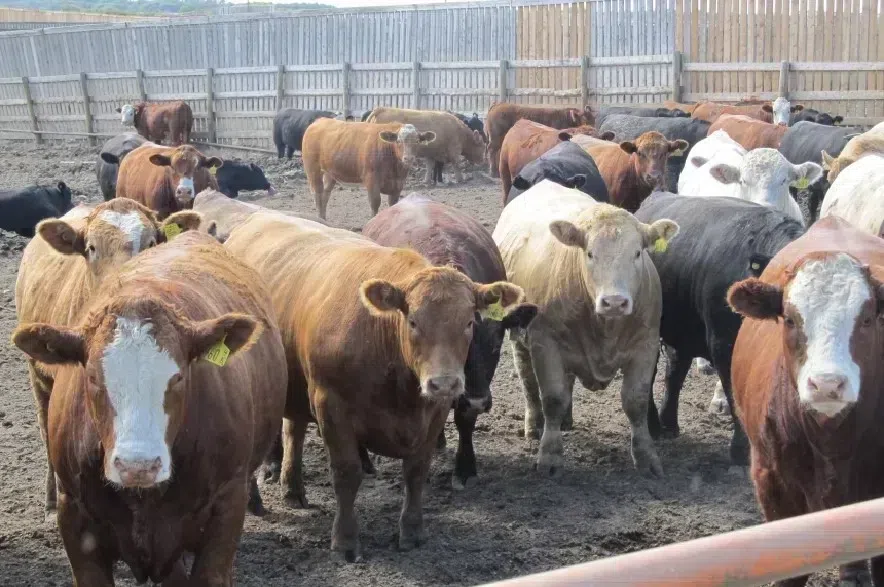Anthrax has caused the death of cattle in western Saskatchewan.
According to the Ministry of Agriculture, laboratory results on Tuesday confirmed that anthrax was behind the death of cattle in the Rural Municipality of Paynton, which is located between North Battleford and Lloydminster. Producers were warned to be on the lookout for anthrax in their animals.
Read More:
- Saskatoon, Regina among latest measles exposure risk says SHA
- Spring seeding 18 per cent complete across Saskatchewan: Crop Report
- Wildfire forces closure of campsites and trails at the Gem Lakes for 2025 season
Anthrax is caused by Bacillus anthracis, a bacteria which can survive as spores in the soil for decades, and can build up through changes in soil moisture.
“Spores can concentrate in sloughs and potholes, and the risk of animal exposure to anthrax increases in drier years when these areas dry up and become accessible,” the ministry explained in a statement.
“Spores can also surface when the ground is excavated or when there is excessive run-off.”
Livestock can become infected when they eat forage that’s contaminated by the spores. Cattle, sheep, goats and bison are highly susceptible, but anthrax can also affect horses. Pigs, birds and carnivores have greater resistance to anthrax, but the ministry warned that farm dogs and cats should be kept away from any carcasses.
Affected animals are typically found dead without any signs of illness.
“Anthrax can be prevented by vaccination,” the ministry noted. “Producers in regions that have experienced previous outbreaks are strongly encouraged to vaccinate their animals each year. If your neighbours have anthrax, you should consider vaccination to protect your animals.”
The remains of any animal suspected of having anthrax should not be moved or disturbed, the ministry added, and should be protected from scavengers like birds or coyotes to prevent the spores from spreading.
If anthrax is suspected, the ministry advised contacting a veterinarian immediately for a diagnosis, which can be confirmed through lab testing. All positive test results must be reported to the province’s chief veterinary officer.
“Producers are advised to use caution when handling potentially infected animals or carcasses,” the ministry said.
“Animal cases pose minimal risk to humans, but people can get infected through direct contact with sick animals or carcasses. In cases where people believe they have been exposed to an infected animal, they should contact their local health authority or physician for advice.”
More information anthrax and the ministry’s response plan can be found on the provincial government’s website.











